Everything to Know About Tipping Etiquette When It Comes to Beauty Services



Dahvi Shira
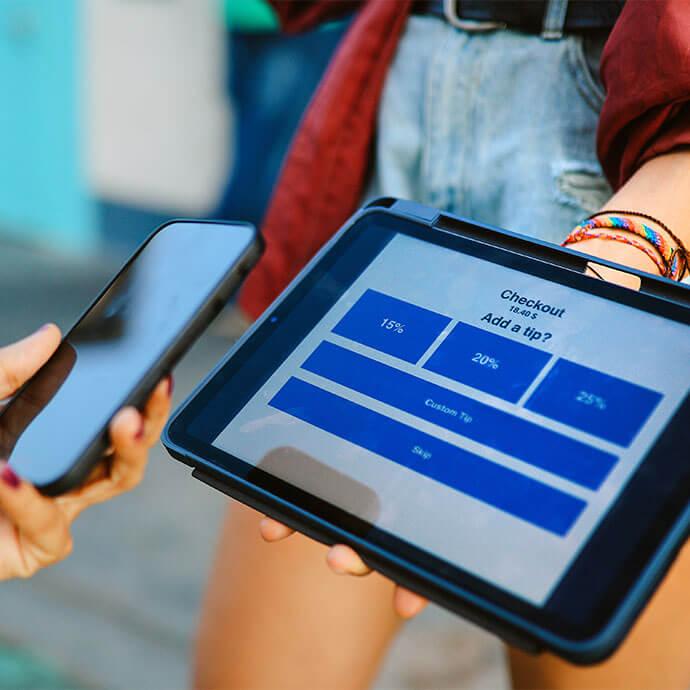
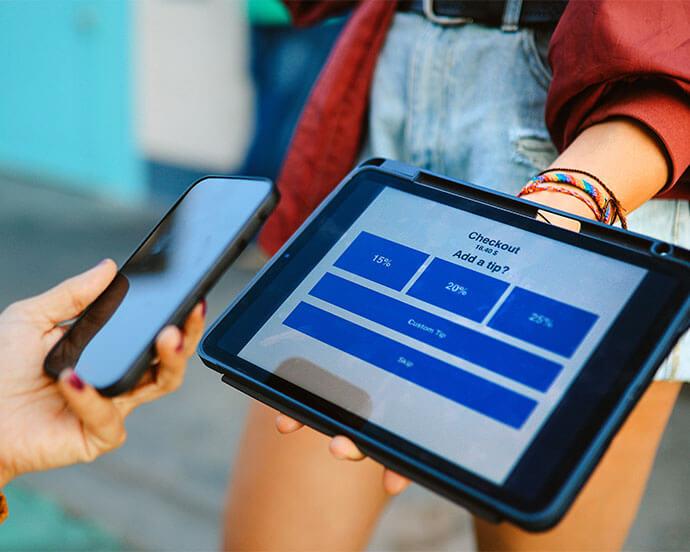
Photo by lechatnoir / Getty Images
I think we can all agree American tipping culture has gotten out of hand. What do you mean I should pay 20% extra for a black coffee with a splash of almond milk? That said, when it comes to sit-down dining experiences, manual labor, or beauty services, traditional tipping still applies. And we believe rightfully so. Because we’re here to talk about beauty specifically, it’s less about should we tip beauty services, and more about how much to tip beauty services.
“Beauty pros give a lot of energy—physically, emotionally, and artistically,” says Arizona-based tanning specialist Bree Lopez, of salon tipping. “Many have gone through countless hours of continued training to refine and perfect their craft. When someone tips, it’s not about the dollars, it’s a gesture that says, ‘I see you and I’m thankful.’”
A tip is something the provider can actually keep, because “the cost of the service doesn't indicate what cut the provider is leaving with,” The LA Facialist founder Candace Marino explains, regarding why a tip is about more than just good service. “The overhead at a business is astronomical. Generally speaking, the majority of the service fee goes to the business, as the owner is taking all of the risk. They're paying the rent, insurance, utilities, inventory, client amenities, taxes, payroll. The service provider generally makes a percentage of that, but it's usually less than what the business keeps.”
To further echo Lopez’s sentiments, Marino goes on to say, “Tipping is a sign of satisfaction, about respecting the talent and expertise. It's how clients acknowledge the human element of what we do. Facials are intimate, hands-on, and deeply personalized services. A tip shows respect for the facialist’s time, technique, and dedication.”
Keep reading for more on tipping etiquette when it comes to various salon services (airbrush tans, nail salon treatments, massages and facials, and hairstylist and colorist treatments). We have hairdressers, salon owners, and other service industry pros here to answer all your FAQs about nailing the right tip amount for hours of hard work in the beauty industry.


It's about glam time you treated yourself.
MEET THE EXPERT
Cynthia Howell is the spa director at Terranea Resort in Palos Verdes, CA.
Pi Chu is the owner of Base Nail Bar in West Hollywood, CA.
Candace Marino is the owner of the LA Facialist in Beverly Hills, CA.
Bree Lopez is the founder and owner of Saint + Sólita self-tanner, and founder and owner of The Bronzed Bungalow in Scottsdale, AZ.
Gregga Prothero is the founder of Gregga LA hair salon in Los Angeles.
Best Tipping Practices for Popular Beauty Services
When it comes to tipping etiquette in beauty, our experts agree across the board that 20% is recommended on average, though each has greater insight into where that number comes from.
Nails
Base Nail Bar owner Pi Chu says the American standard tipping for nail services is 15%–20% of the total service cost, which “encompasses gratitude for the nail technician's time and skill, support for a lower base wage, and recognition of extra effort,” she explains. “Tipping closer to or above 20% is more common in big cities due to service prices being higher, and clients often expecting luxury experiences. Nail techs may rely more heavily on tips due to higher living costs.”
Facials
Marino explains that “20% gratuity is common and standard across the board for beauty service providers,” including facials. These treatments are highly personalized and require advanced expertise to address your unique skin concerns. Whether it’s a relaxing facial or a more clinical treatment like microdermabrasion, tipping shows appreciation for the esthetician’s skill, care, and effort in helping you achieve glowing skin. If they go above and beyond—like offering a massage or detailed aftercare advice—consider tipping a little extra to acknowledge their dedication.
Hair Services
Gregga LA hair salon founder Gregga Prothero says she typically sees anywhere from 15% to 25% of the total cost of service, “depending on how the client is feeling, how complicated the service was, and whether their stylist just talked them out of bangs again.”
She insists there’s no written law when it comes to tipping, but it’s “definitely appreciated, especially because stylists spend hours on their feet, wrist-deep in bleach, making sure your hair looks good even when your life is a little chaotic.”
She adds that with haircuts, hair color, and blowouts or new hairstyles, especially, a tip generally covers “the time and effort your stylist put into your hair (and, let’s be real, sometimes your emotional state), the products they used (color, treatments, magical potions), and the hospitality like making sure you’re comfortable, hydrated, and not accidentally orange.”
Airbrush Tans
Lopez echoes Prothero’s sentiments, saying, “Tipping isn’t expected, but it’s always deeply appreciated.”
Much like what’s implied, a tip is “a client’s way of saying they felt genuinely cared for,” Lopez adds. “A tip typically reflects the extra time, detail, and love poured into a custom service. Most of our clients at the salon usually leave 20%, which seems to be pretty standard in our industry.”
Massages
Terranea Resort spa director Cynthia Howell also supports the 20% tipping rate, saying that spas will often add in that amount as a service charge automatically so that it can be distributed among staff equally.
“Some guests may tip more for exceptional service, while others may follow local customs or personal preferences,” she says. “Ultimately, while there may be minor differences depending on the region or the specific spa or salon, 20% is widely accepted as the norm in the industry.”
When to Tip More or Less
While tipping is greatly appreciated and considered proper etiquette, our experts don’t typically have expectations. That said, they have a sense of what’s worth a greater or lesser tip than the industry standard of 20%.
For example, when it comes to nail services, Chu points out that nail art, hand-painted designs or unusual materials will often motivate a client to leave a greater tip than if they did a polish change or something else that’s more simple and less of a time commitment. The same can be said for holiday season, wedding prep, or other high-pressure situations.
Similar to that of nails, if a hair service calls for color-correction or another service that involves extensive creative work or going above and beyond, clients tend to tip more.
“Tipping isn’t a rigid formula, it’s a gut thing,” Prothero explains. “And sometimes your gut says, ‘Wow, this person just spent six hours lifting three layers of box dye out of my hair, and somehow I still have hair left.’ That’s when a tip above the usual 20% feels not only appropriate, but almost says, ‘You saved me. Thank you.’”
On the flip side, our experts agree across the board that if a client is dissatisfied with their service, or didn’t feel like the environment or provider offered the best experience, it’s expected they won’t leave a full 20% tip.
Additionally, depending on the establishment, a service fee may already be locked in, and in that case, extra tipping isn’t expected. It is, of course, appreciated if the provider went above and beyond.
Best Way to Tip Beauty Service Workers
Interestingly, the verdict on this is divided. Depending on the service, some methods are preferred over others. For example, Chu says nail techs still appreciate cash (though Zelle or Venmo are also totally acceptable).
“Some salons take tips on cards, but cash goes directly to the tech and avoids processing fees,” she explains. “Also, tip each nail tech separately if multiple people work on you. For example, your manicurist should get a separate tip from the person who did your pedicure.”
Marino is also big on cash and money transfer apps, explaining, “That way the provider doesn't have to wait until their paycheck to receive the tip, and the business doesn't get taxed on it.”
And once again, Prothero, too, says hair pros love their cash. “Cash is still queen,” she says. “If a client pulls out a perfectly folded $20 and says, ‘This is for you,’ I’m not going to be mad about that. Cash tips are always appreciated, and there are no fees taken out, no glitches, no oops, I forgot to add it before I signed. Just clean, classic gratitude.”
But ultimately, “Most clients seem to love when they can just add a tip during checkout, right on whatever system the salon uses,” she says, regarding credit cards. “You’re already paying, your card is out, your hair looks amazing, you’re feeling yourself, and boom, there’s a little screen asking if you want to tip 15, 20, or 25%. Easy. Done. Emotionally painless.”
Lopez, too, says cash is preferred but not expected since most people don’t carry it on them these days.
With cash aside, “Apps such as Zelle or Venmo are probably the most preferred way to receive tips by service providers,” she says. “The reason these two methods are preferred over adding tip at checkout via card is because the service provider has access to those tips in real time. They don’t have to wait until they receive a paycheck.”
Howell, however, has a different approach in the spa.
“The most preferred method of tipping in spas is through digital tipping, which is integrated directly into the point-of-sale system at checkout,” she says. “It’s convenient for guests, ensures accurate processing, and allows for seamless distribution to the service provider. The least preferred method is cash, as it can easily be misplaced. Additionally, this method lacks tracking and can create inconsistencies or confusion for both staff and management.”
Liked this post? Share!
Related Stories


How-To
How to Get Rid of Hat Hair: Tips, Tricks, and Hairstyles You’ll Love
Published on Aug 14, 2025 • 3 min read
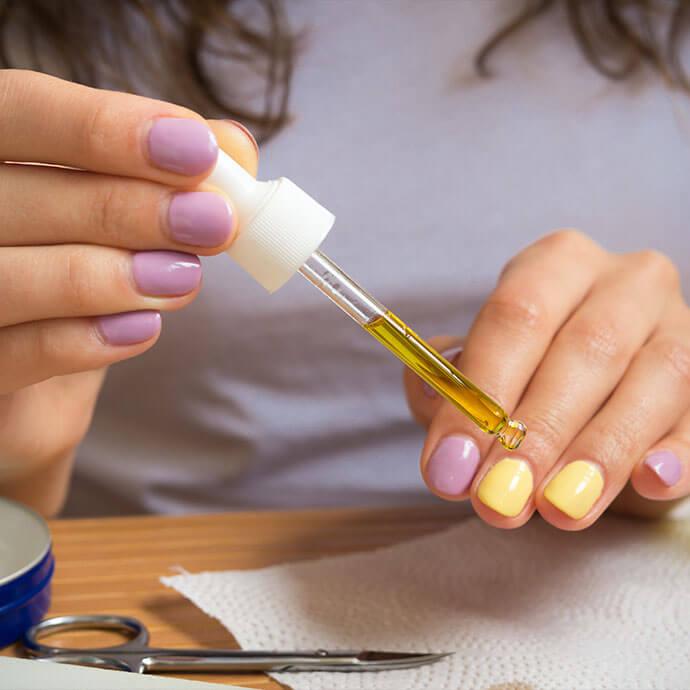
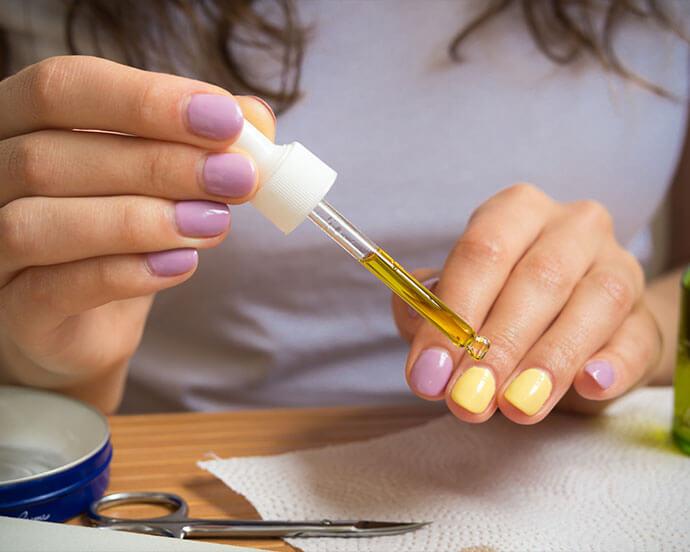
How-To
The Easiest Way to Moisturize Your Nails All Year Long
Published on Aug 9, 2025 • 3 min read
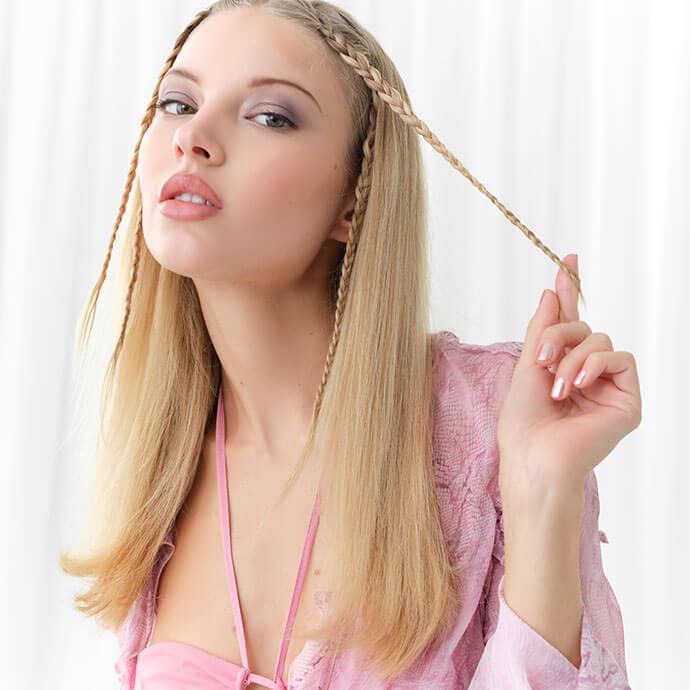
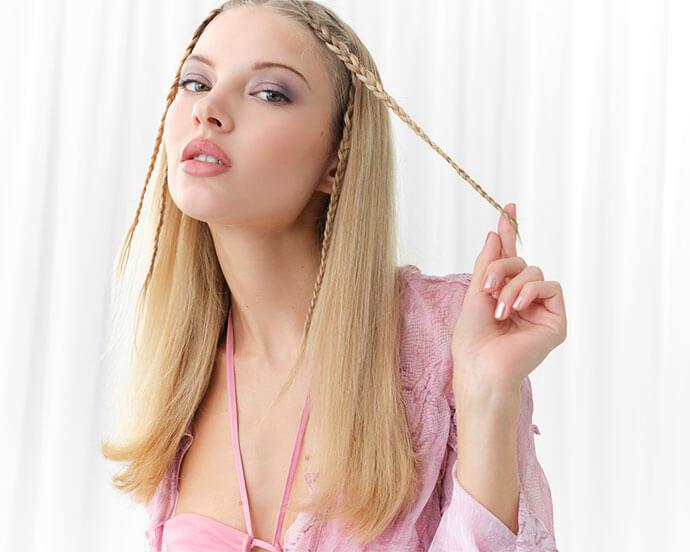
How-To
Here’s How to Style Thick Hair Without the Struggle
Published on Aug 6, 2025 • 8 min read


How-To
The Secret to Longer, Fuller Lashes? Mascara Cocktailing
Published on Jul 31, 2025 • 4 min read


How-To
How to Layer Fragrances and Create Your Own Signature Scent
Published on Jul 28, 2025 • 5 min read

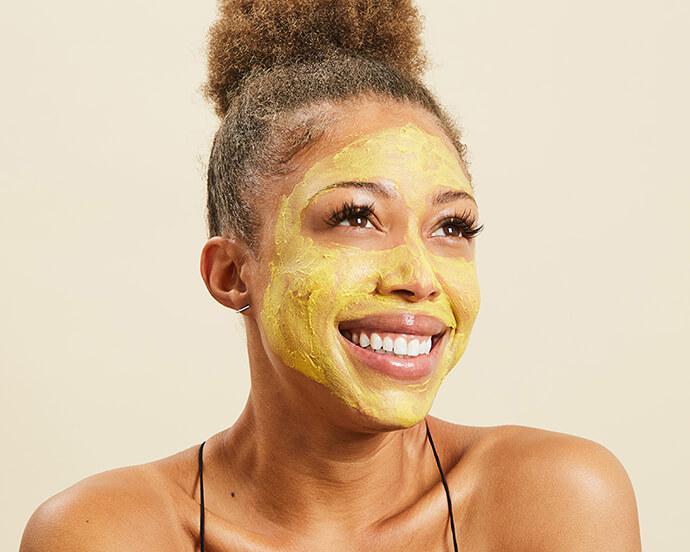
How-To
Expert Tips for How to Brighten Your Skin and Complexion
Published on Dec 22, 2023 • 4 min read


How-To
21 Travel Beauty Hacks to Save for Your Next Trip
Published on Jul 10, 2025 • 9 min read
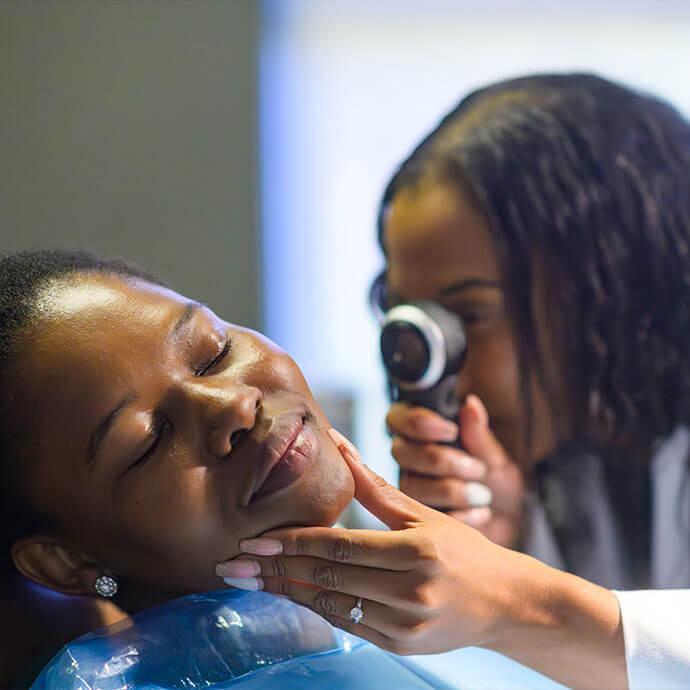
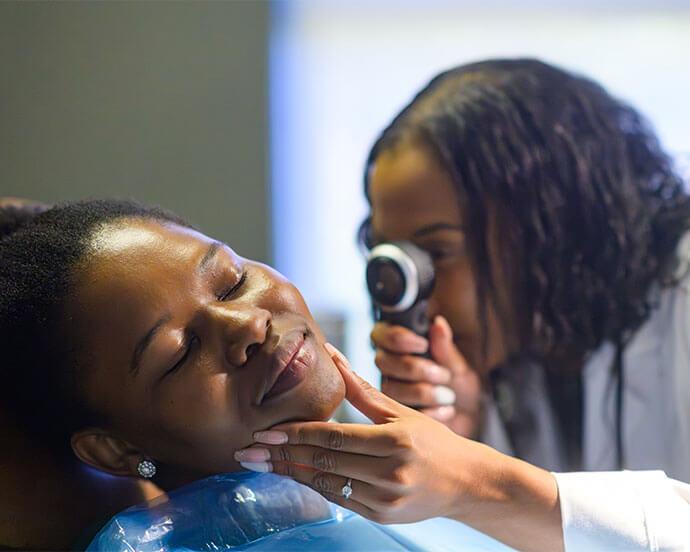
How-To
15 Easy Tips to Help You Prep for Your Upcoming Dermatologist Skin Exam
Published on Jun 25, 2025 • 7 min read


Beauty Picked Just for You
Get 5 products worth up to $70
Plus exclusive access to epic deals up to 80% off
Starting at just $14/month. Cancel anytime.